Home>Gardening & Outdoor>Plant Care & Gardening Tips>How Many Non Native Plant Species In Florida
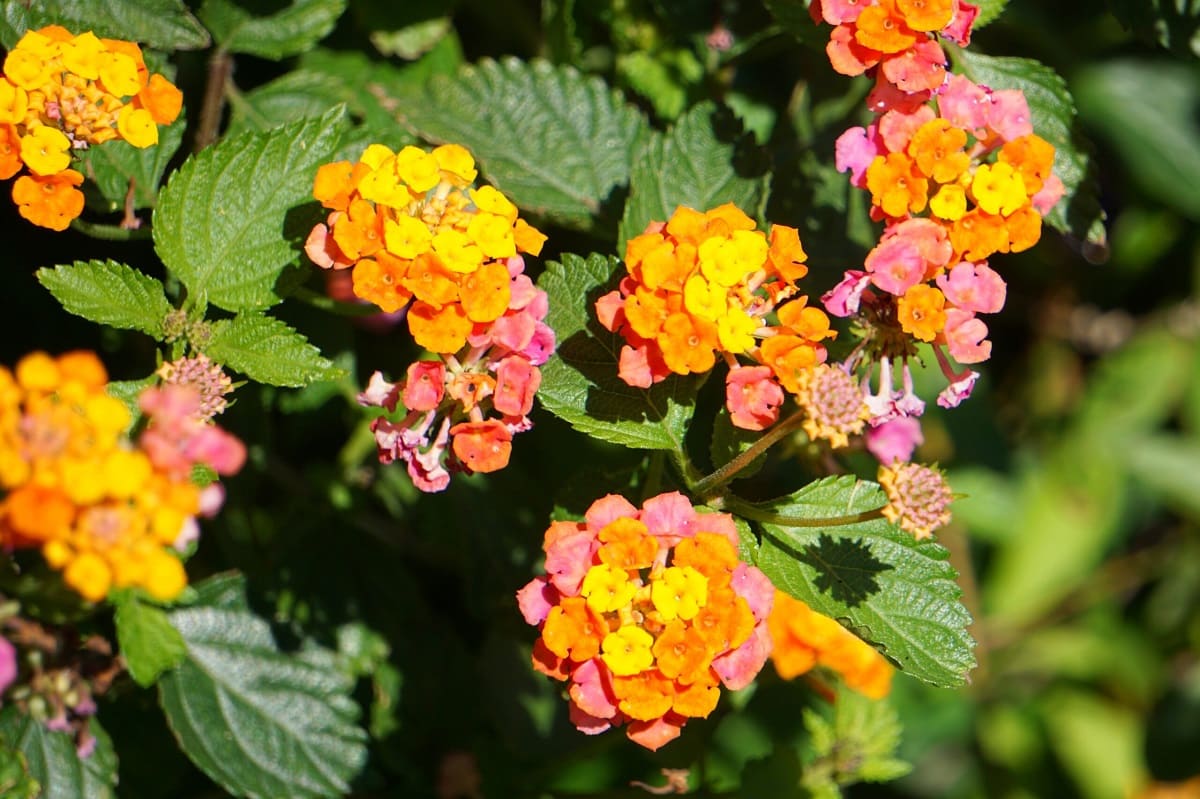

Plant Care & Gardening Tips
How Many Non Native Plant Species In Florida
Modified: January 9, 2024
Discover the impact of non-native plant species in Florida and get expert plant care and gardening tips to maintain a thriving garden ecosystem. Explore the benefits of native plant cultivation and sustainable gardening practices.
(Many of the links in this article redirect to a specific reviewed product. Your purchase of these products through affiliate links helps to generate commission for Storables.com, at no extra cost. Learn more)
**
Introduction
**
Florida's diverse ecosystems have long been impacted by the introduction of non-native plant species. These plants, which originate from other regions of the world, have the potential to significantly alter the state's natural landscapes. Understanding the scope of non-native plant species in Florida is crucial for conservation efforts and ecosystem management.
Non-native plant species, also known as exotic or invasive plants, are those that have been introduced to an area outside of their natural range. In Florida, the subtropical climate and varied landscapes have made it susceptible to the introduction and proliferation of non-native plant species. These plants often outcompete native species for resources, disrupt natural ecological processes, and can even pose a threat to agricultural and horticultural industries.
The presence of non-native plant species in Florida is a complex issue that requires a comprehensive understanding of the scope and impact of these plants on the state's environment. By exploring the methods for counting non-native plant species, current estimates of their prevalence, and the impacts they have on Florida's ecosystems, we can gain insight into the management and control efforts necessary to mitigate their effects.
**
Key Takeaways:
- Non-native plants in Florida can disrupt ecosystems and impact agriculture and tourism. Understanding their effects is crucial for conservation efforts and ecosystem management.
- Counting non-native plant species in Florida involves field surveys, remote sensing, and citizen science. These methods help understand their distribution and impact.
Importance of Non-Native Plant Species
**
The introduction of non-native plant species in Florida has both ecological and socio-economic implications. While some non-native plants may coexist with native species without causing significant harm, others can have far-reaching consequences for the environment and human activities.
One significant aspect of non-native plant species is their potential to alter the structure and function of natural ecosystems. Some non-native plants have the ability to outcompete native species for resources such as sunlight, water, and nutrients, leading to a decline in native plant populations. This can result in a shift in the composition of plant communities, impacting the overall biodiversity of an area. Furthermore, non-native plants may not have natural predators or diseases in their new environment, allowing them to proliferate unchecked and disrupt ecological balances.
From a socio-economic perspective, non-native plant species can impact various sectors, including agriculture, horticulture, and tourism. Invasive plants have the potential to reduce crop yields, degrade grazing lands, and impede recreational activities such as hiking and birdwatching. Additionally, the control and management of non-native plant species require significant financial resources, as eradication efforts can be costly and time-consuming.
However, it is important to note that not all non-native plant species have negative impacts. Some non-native plants are cultivated for ornamental purposes, contributing to the horticultural industry and enhancing urban landscapes. Additionally, certain non-native plants may provide ecosystem services, such as erosion control or habitat for wildlife.
Understanding the importance of non-native plant species involves evaluating their ecological roles, socio-economic impacts, and potential benefits. By acknowledging the complexities surrounding non-native plants, we can develop informed strategies for managing their presence and minimizing their adverse effects on Florida's ecosystems and human activities.
**
Methods for Counting Non-Native Plant Species
**
Accurately assessing the presence and abundance of non-native plant species in Florida requires the application of diverse methods that encompass field surveys, data analysis, and collaboration among researchers and citizen scientists. These methods are essential for understanding the distribution and impact of non-native plants across different ecosystems within the state.
Field surveys form the foundation of non-native plant species counting efforts. Botanists, ecologists, and volunteers conduct extensive fieldwork to identify and document non-native plant populations in various habitats, including forests, wetlands, grasslands, and urban areas. These surveys involve the systematic observation and collection of plant specimens, along with the recording of spatial data to map the distribution of non-native species.
Additionally, remote sensing and geographic information systems (GIS) technologies play a crucial role in quantifying non-native plant species at a landscape scale. Remote sensing techniques, such as aerial and satellite imagery analysis, enable researchers to detect and monitor changes in vegetation cover, including the spread of non-native plants. GIS facilitates the integration of spatial data, allowing for the visualization and analysis of non-native plant distributions across different regions of Florida.
Citizen science initiatives also contribute to the counting of non-native plant species. Engaging the public in data collection through programs like community science projects and invasive species monitoring encourages broader participation in documenting non-native plant occurrences. Citizen scientists, equipped with training and resources, contribute valuable observations that supplement professional surveys, enhancing the overall understanding of non-native plant diversity and abundance.
Data analysis and modeling techniques further aid in estimating the extent of non-native plant invasions. By processing field survey data and remote sensing information, researchers can quantify the prevalence of non-native species, assess their spread over time, and predict potential areas of future establishment. These analyses provide valuable insights for prioritizing management efforts and implementing targeted control measures.
The combination of field surveys, remote sensing technologies, citizen science involvement, and advanced data analysis enables a comprehensive approach to counting non-native plant species in Florida. By employing these methods, researchers and conservation practitioners can enhance their understanding of non-native plant distributions and dynamics, facilitating informed decision-making for the management of invasive species.
**
Current Estimates of Non-Native Plant Species in Florida
**
Florida, renowned for its rich biodiversity and varied ecosystems, is home to a substantial number of non-native plant species that have established themselves in the state. As of the most recent assessments, the presence of non-native plants in Florida encompasses a wide range of taxa, including trees, shrubs, grasses, vines, and aquatic plants.
Estimating the exact number of non-native plant species in Florida is a complex task due to the dynamic nature of plant invasions and ongoing discoveries of new introductions. However, comprehensive surveys and data compilation efforts have provided valuable insights into the extent of non-native plant diversity in the state. Current estimates suggest that Florida hosts several thousand non-native plant species, with new introductions continually being documented.
The Florida Exotic Pest Plant Council (FLEPPC) maintains a list of invasive plant species that have been documented as naturalized or invasive in the state. This list, known as the Category I and II Invasive Plant List, serves as a resource for identifying and prioritizing non-native plant species of concern. The FLEPPC list includes a diverse array of non-native plants, ranging from aggressive terrestrial weeds to aquatic invaders, reflecting the breadth of non-native plant diversity in Florida.
In addition to the FLEPPC list, botanical gardens, research institutions, and government agencies contribute to ongoing efforts to document and monitor non-native plant species. Collaborative initiatives such as the Florida Atlas of Non-Native Plants provide a platform for consolidating and disseminating information on the distribution and abundance of non-native plants across the state.
Furthermore, the dynamic nature of non-native plant invasions necessitates regular updates to the inventory of non-native species in Florida. As new introductions are identified and existing populations expand or decline, the assessment of non-native plant diversity remains an ongoing endeavor, requiring the active involvement of researchers, land managers, and the public.
By acknowledging the current estimates of non-native plant species in Florida and recognizing the need for continued monitoring and documentation, conservation efforts can be better informed and targeted towards mitigating the impacts of invasive plants on Florida's ecosystems and natural resources.
**
Florida is home to over 1,400 non-native plant species, which can have negative impacts on the environment and native species. It’s important to be aware of and manage these invasive plants to protect Florida’s natural ecosystems.
Impacts of Non-Native Plant Species in Florida
**
The presence of non-native plant species in Florida has profound ecological, economic, and social impacts that affect the state’s diverse ecosystems and human activities. Understanding these impacts is essential for developing effective management strategies and mitigating the consequences of invasive plant species.
Ecologically, non-native plant species can disrupt natural ecosystems by outcompeting native plants, altering habitat structure, and reducing overall biodiversity. Invasive plants often exhibit aggressive growth patterns, forming dense monocultures that displace native vegetation and diminish the availability of resources for native wildlife. This can lead to a decline in native species populations, including rare and endangered plants, and disrupt ecological processes such as pollination and seed dispersal.
Furthermore, non-native plants can impact ecosystem functions such as nutrient cycling, water dynamics, and fire regimes. Some invasive species are known to alter soil composition, increase fire frequency, or modify hydrological patterns, leading to cascading effects on ecosystem resilience and long-term sustainability.
In addition to ecological impacts, non-native plant species can have economic repercussions in Florida. Invasive plants pose challenges to agricultural and horticultural industries by reducing crop yields, degrading pasturelands, and increasing management costs. Furthermore, the control and eradication of non-native plant species require substantial financial investments, diverting resources from other conservation and land management priorities.
Socially, non-native plant species can affect human activities and recreational opportunities. Invasive plants may encroach on public lands, reducing the aesthetic and recreational value of natural areas. Additionally, some invasive plants can pose health risks, such as skin irritations or allergic reactions, impacting the well-being of residents and visitors in affected areas.
Recognizing the multifaceted impacts of non-native plant species in Florida underscores the importance of proactive management and control measures. By addressing the ecological, economic, and social consequences of invasive plants, conservation efforts can strive to preserve the integrity of Florida’s natural landscapes and safeguard the well-being of its residents.
**
Management and Control of Non-Native Plant Species
**
Effectively managing and controlling non-native plant species in Florida requires a multifaceted approach that integrates prevention, early detection, eradication, and restoration efforts. By employing a combination of strategic interventions, conservation practitioners and land managers can work towards minimizing the impacts of invasive plants on the state’s ecosystems and natural resources.
Prevention serves as a critical component of non-native plant management. Preventing the introduction and spread of invasive species involves measures such as regulating the importation of potentially invasive plants, raising public awareness about the risks associated with non-native species, and promoting the use of native plants in landscaping and horticulture. Education and outreach initiatives play a key role in engaging communities, homeowners, and industry professionals in preventing the unintentional introduction and spread of invasive plants.
Early detection and rapid response are essential for addressing new incursions of non-native plant species. Monitoring programs, citizen science initiatives, and coordinated surveillance efforts contribute to the timely identification of emerging invasive species. Early detection enables swift action to contain and eradicate incipient populations, preventing their establishment and spread into new areas.
Eradication and control efforts target established populations of non-native plant species. These efforts encompass a range of techniques, including mechanical removal, herbicide application, biological control using natural enemies of invasive plants, and integrated pest management strategies. The selection of control methods is tailored to the specific characteristics of the invasive species and the ecological context in which they occur.
Restoration and rehabilitation efforts focus on recovering and enhancing the resilience of ecosystems impacted by non-native plant invasions. Restoration activities may involve reestablishing native vegetation, restoring hydrological processes, and mitigating the long-term effects of invasive plants on ecosystem structure and function. By restoring native plant communities, conservation practitioners aim to promote ecological integrity and enhance the capacity of ecosystems to resist future invasions.
Collaboration among government agencies, non-profit organizations, research institutions, and local communities is essential for the effective management and control of non-native plant species. Coordinated efforts, information sharing, and adaptive management approaches contribute to the development of comprehensive strategies that address the complexities of invasive plant invasions in Florida.
By implementing integrated management and control measures that encompass prevention, early detection, eradication, and restoration, Florida can work towards conserving its native biodiversity, protecting its natural resources, and sustaining the ecological health of its diverse ecosystems.
**
Conclusion
**
The presence of non-native plant species in Florida presents a complex and multifaceted challenge that necessitates a comprehensive understanding of their impacts and effective strategies for management and control. By recognizing the ecological, economic, and social implications of invasive plants, conservation efforts can strive to mitigate their effects and preserve the integrity of Florida’s diverse ecosystems.
Understanding the importance of non-native plant species involves acknowledging their ecological roles, socio-economic impacts, and potential benefits. While some non-native plants may coexist with native species without causing significant harm, others can have far-reaching consequences for the environment and human activities. By evaluating the impacts of invasive plants, conservation practitioners can develop informed strategies for managing their presence and minimizing their adverse effects on Florida’s ecosystems and natural resources.
The methods for counting non-native plant species in Florida encompass diverse approaches, including field surveys, remote sensing technologies, citizen science involvement, and advanced data analysis. These methods provide valuable insights into the distribution and impact of non-native plants across different ecosystems within the state, facilitating informed decision-making for the management of invasive species.
Current estimates suggest that Florida hosts several thousand non-native plant species, with new introductions continually being documented. Ongoing efforts to monitor and document non-native plant species are essential for understanding the extent of their diversity and abundance, guiding conservation initiatives and targeted management practices.
The impacts of non-native plant species in Florida are profound, affecting ecological processes, economic sectors, and recreational opportunities. Invasive plants can disrupt natural ecosystems, reduce crop yields, and encroach on public lands, highlighting the need for proactive management and control measures to address their consequences.
Effective management and control of non-native plant species in Florida require a multifaceted approach that integrates prevention, early detection, eradication, and restoration efforts. By implementing integrated management and control measures, Florida can work towards conserving its native biodiversity, protecting its natural resources, and sustaining the ecological health of its diverse ecosystems.
In conclusion, the management of non-native plant species in Florida is a dynamic and collaborative endeavor that demands ongoing research, conservation action, and public engagement. By addressing the complexities of invasive plant invasions, Florida can strive to safeguard its ecological heritage and promote the resilience of its natural landscapes for future generations.
Frequently Asked Questions about How Many Non Native Plant Species In Florida
Was this page helpful?
At Storables.com, we guarantee accurate and reliable information. Our content, validated by Expert Board Contributors, is crafted following stringent Editorial Policies. We're committed to providing you with well-researched, expert-backed insights for all your informational needs.
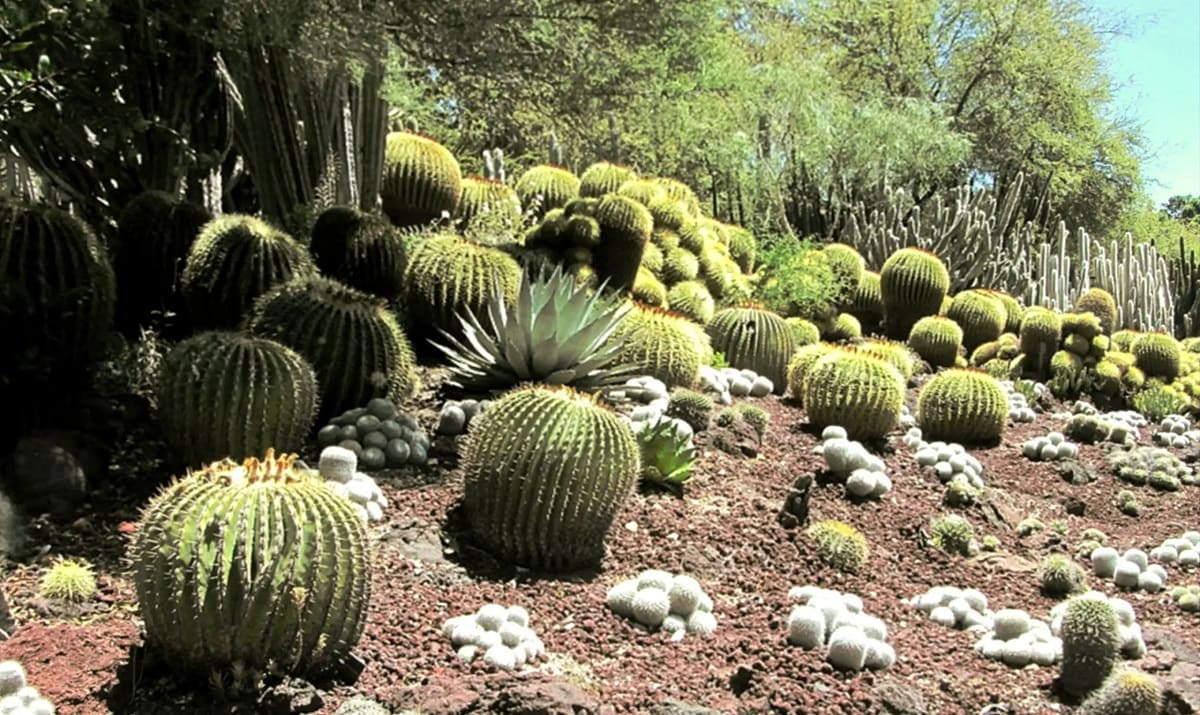
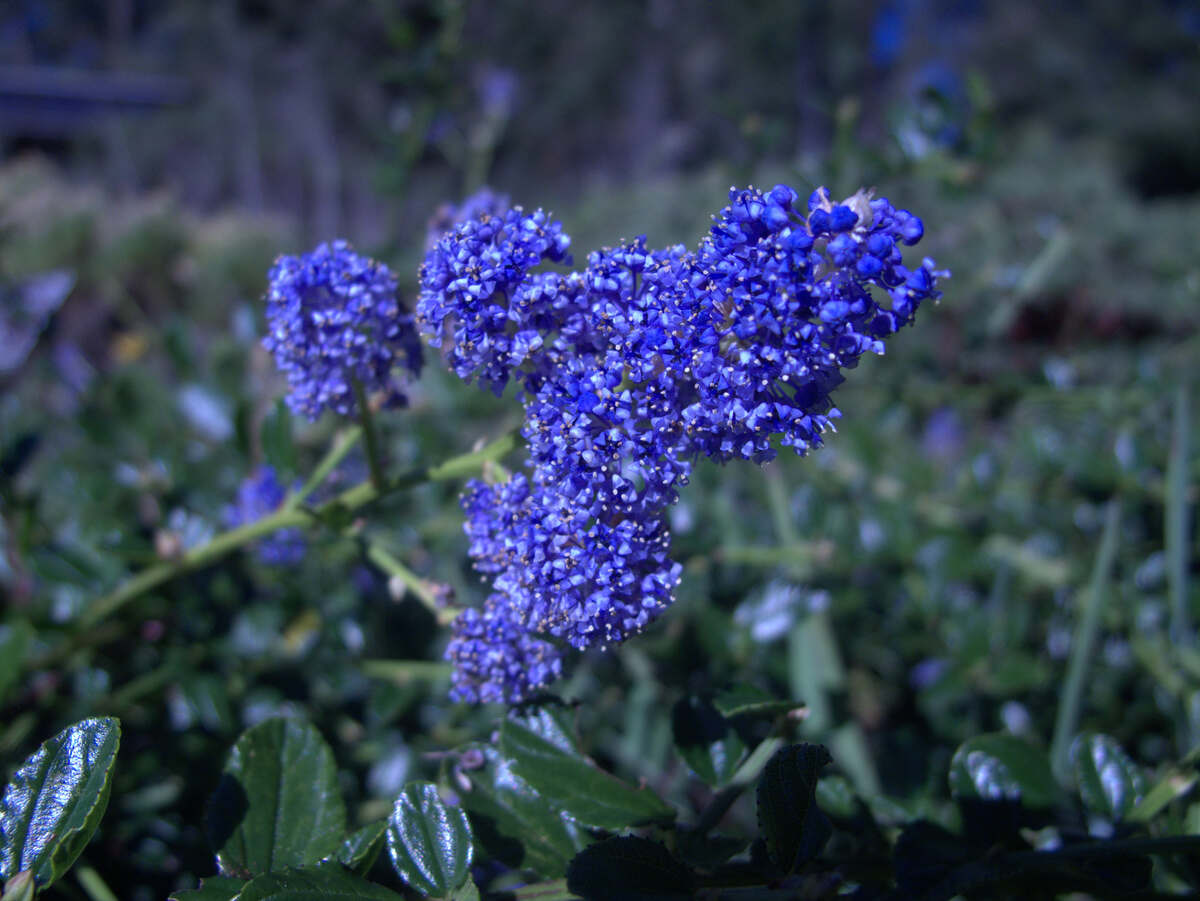
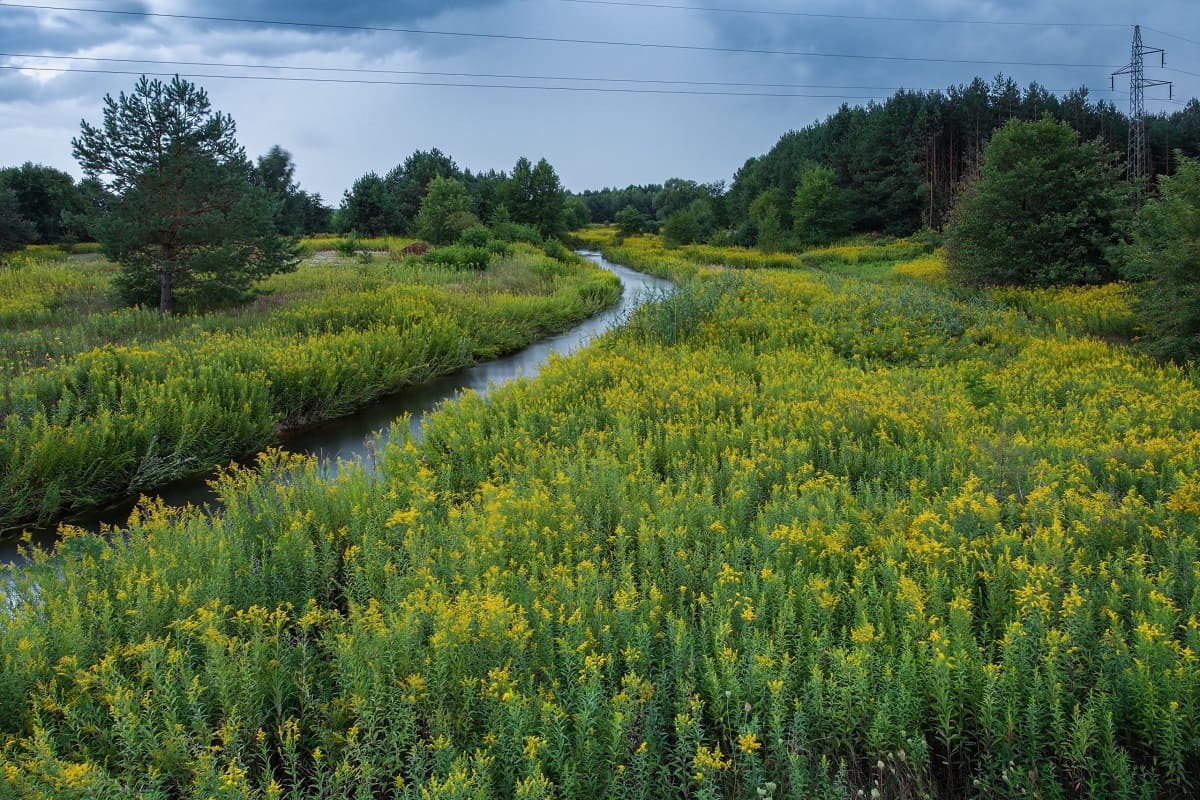
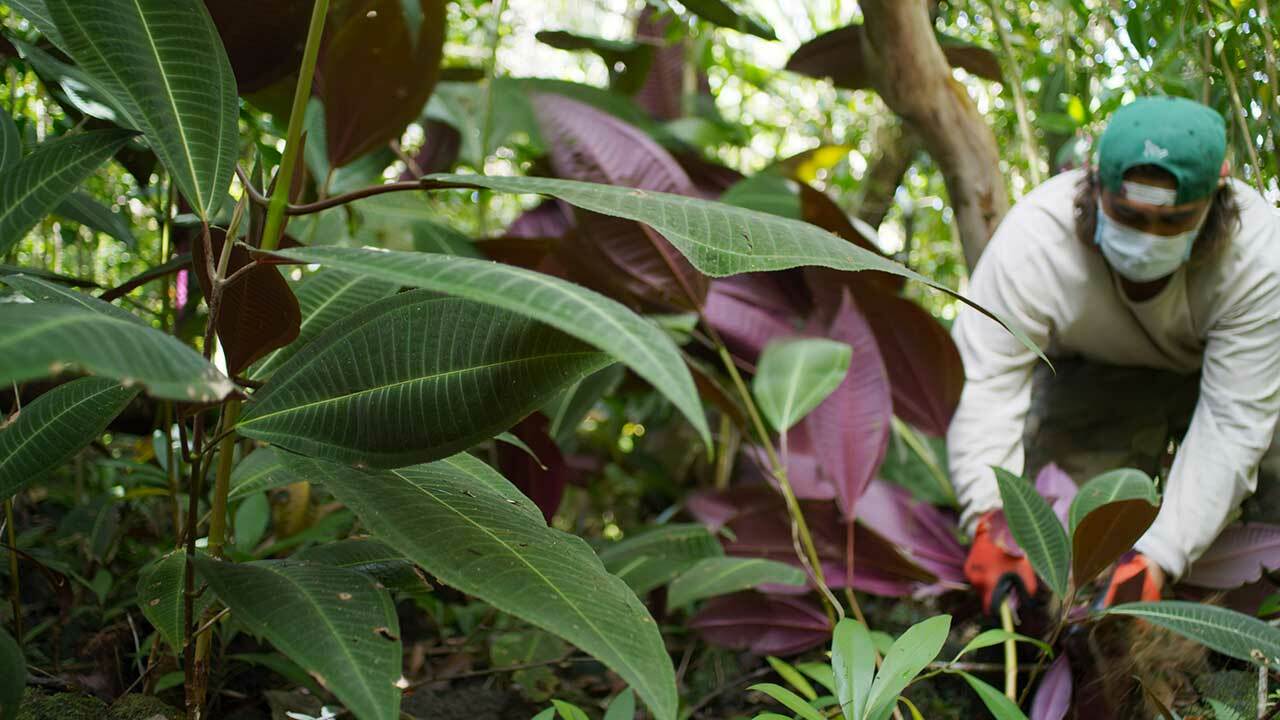
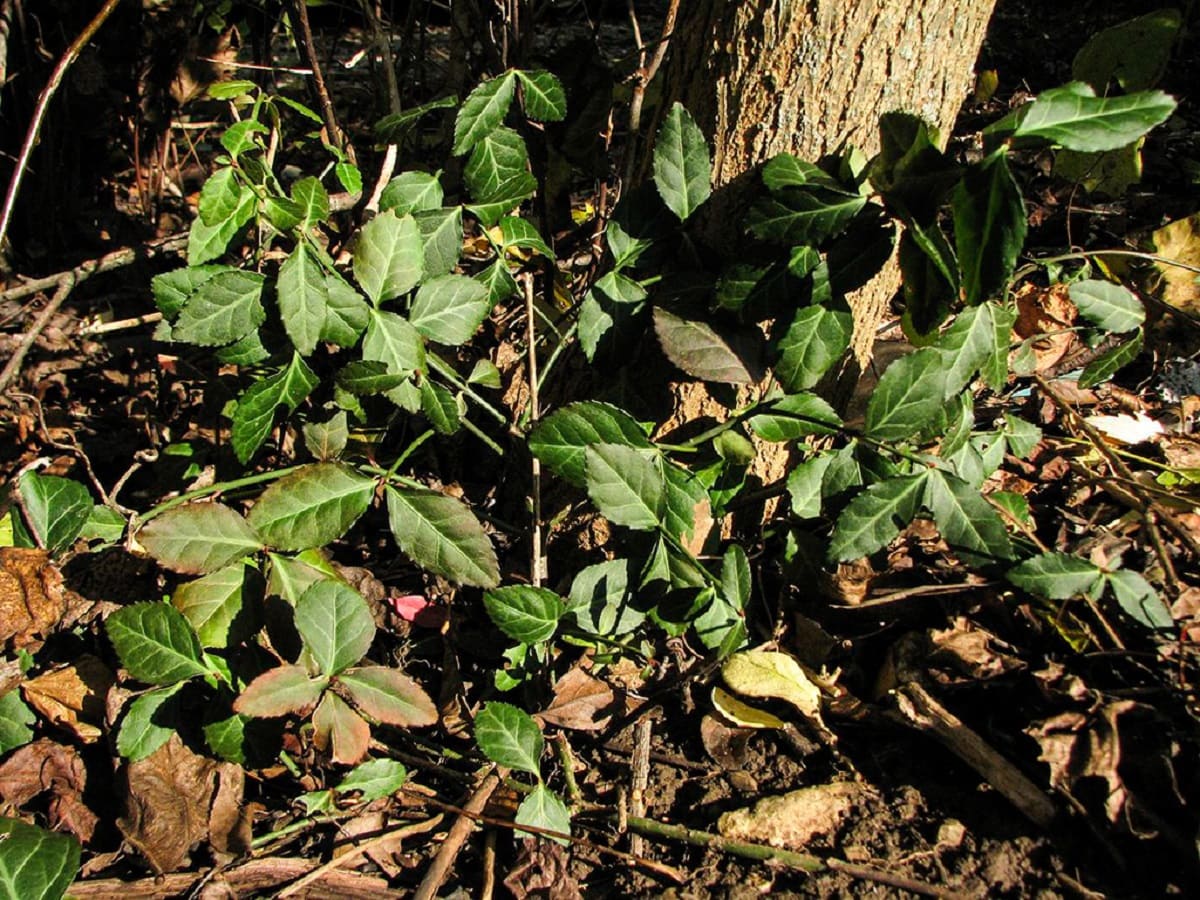
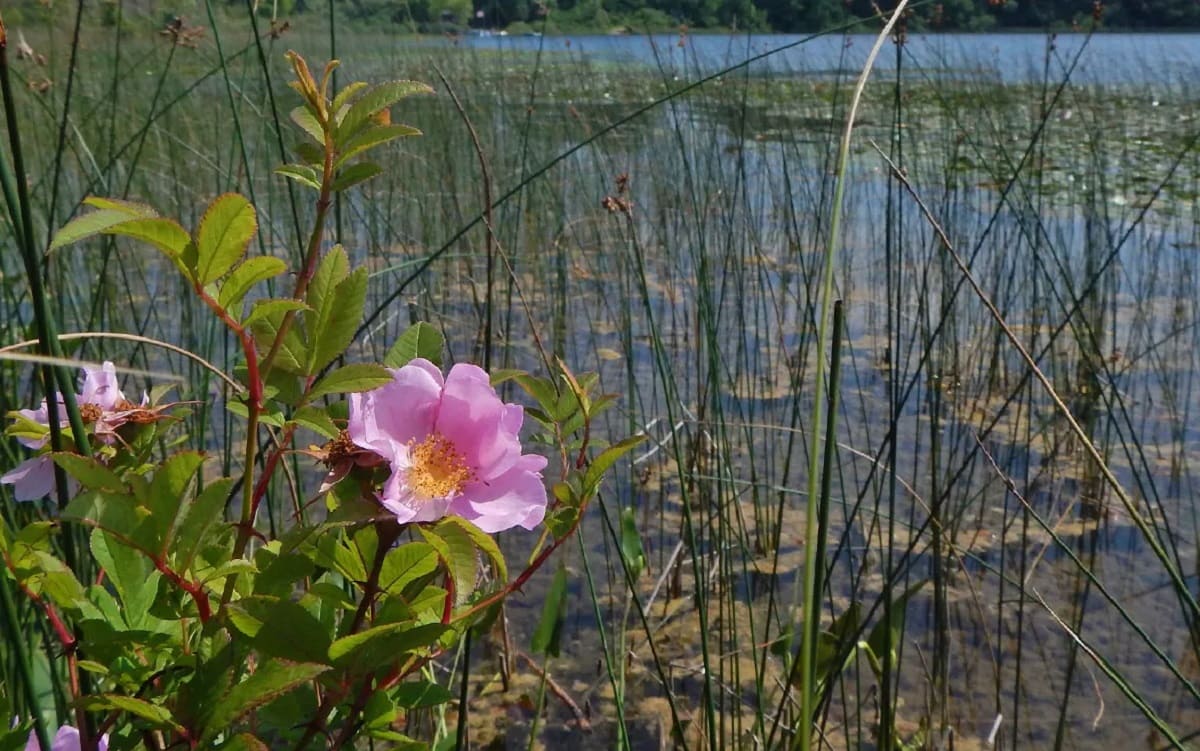
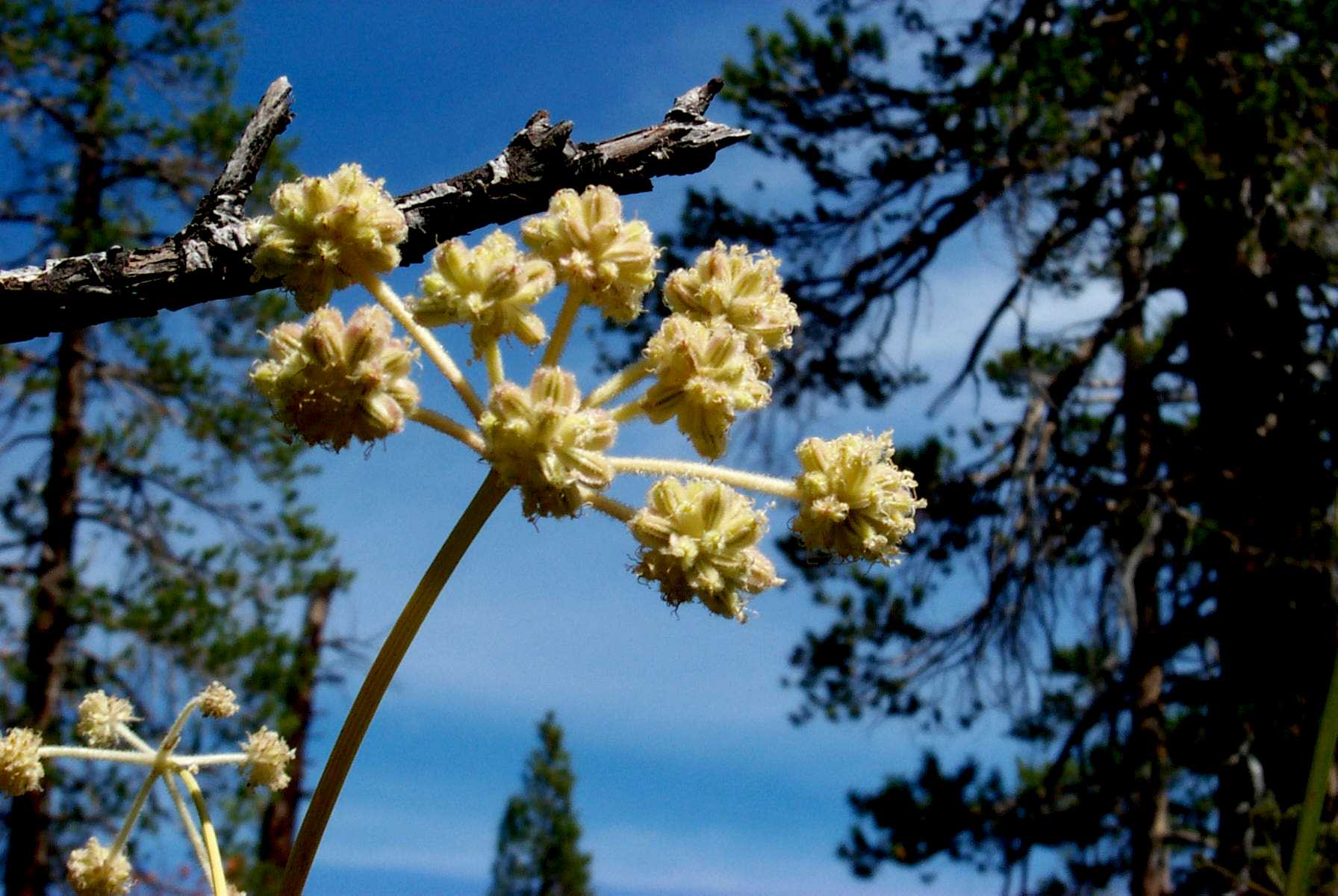
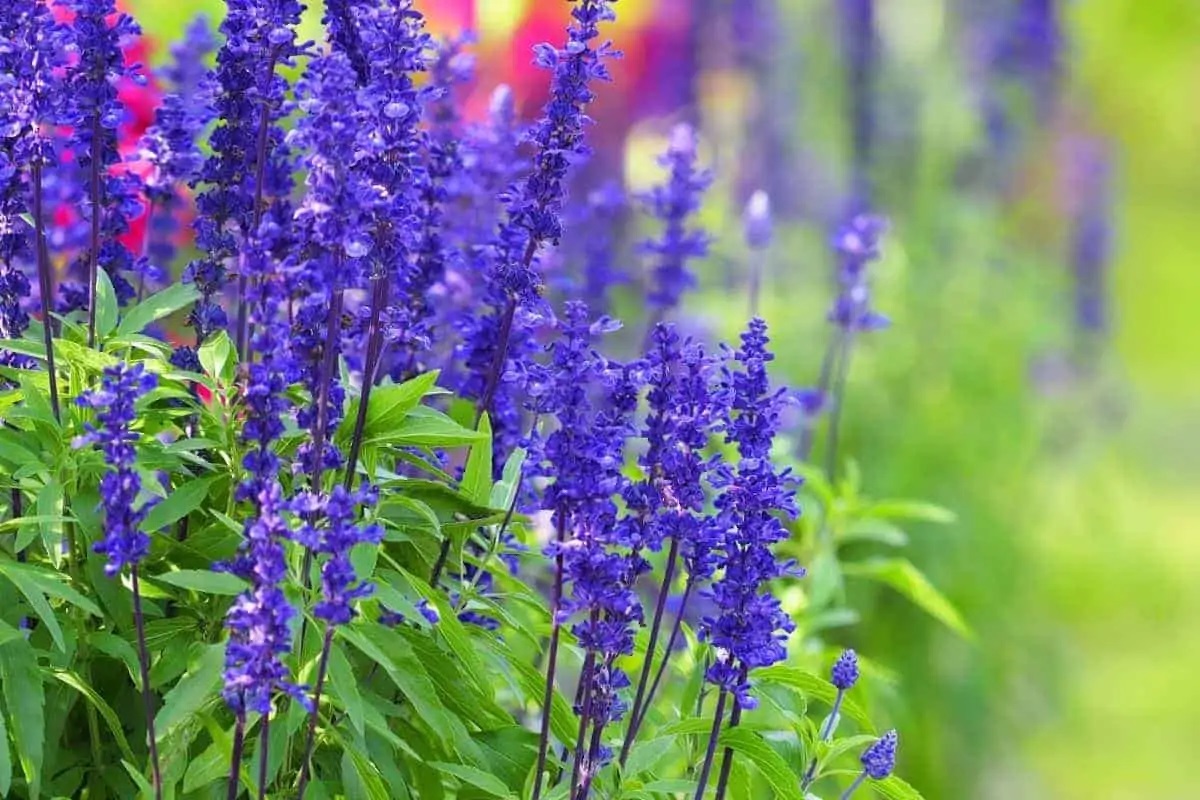
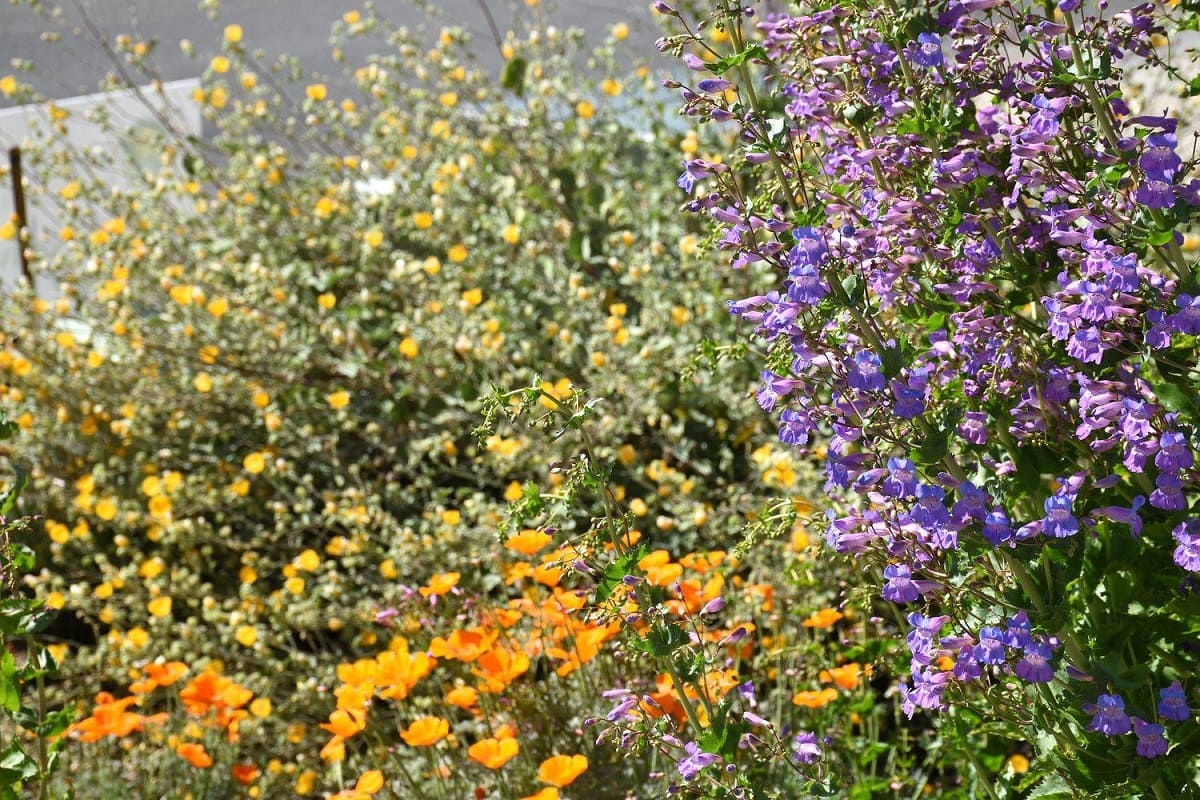
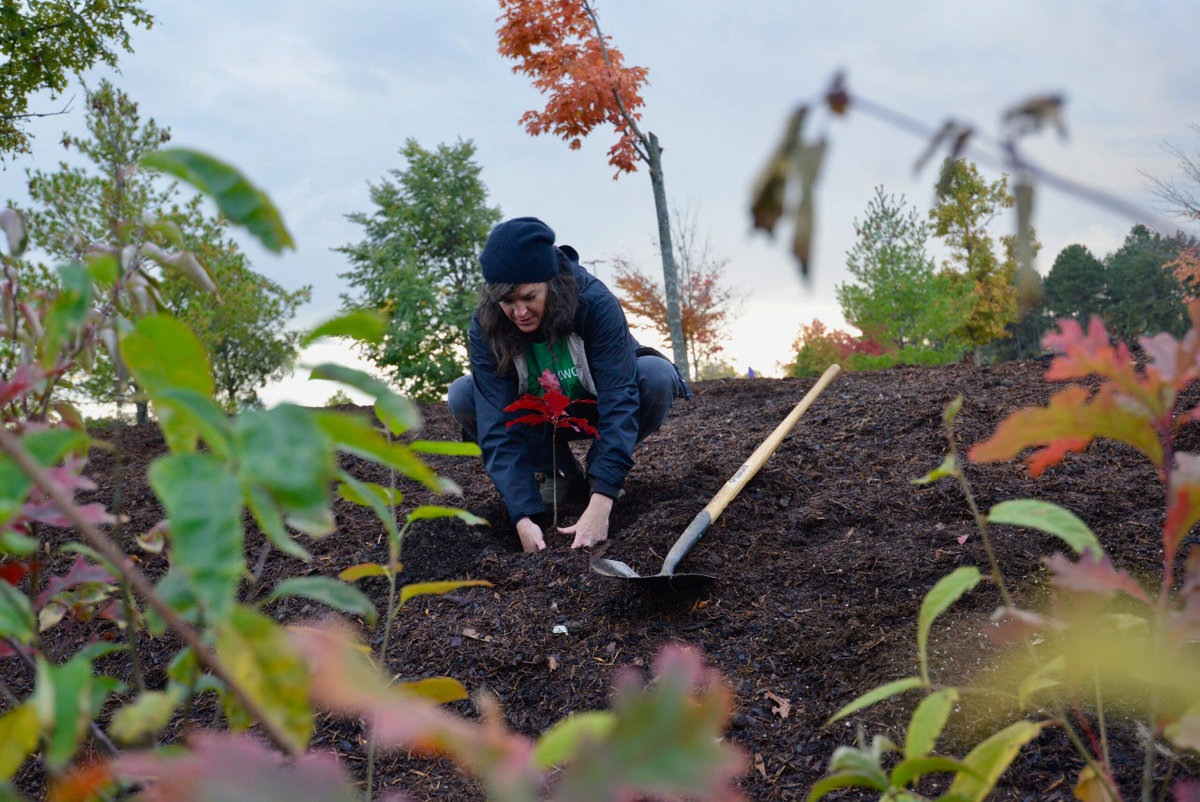
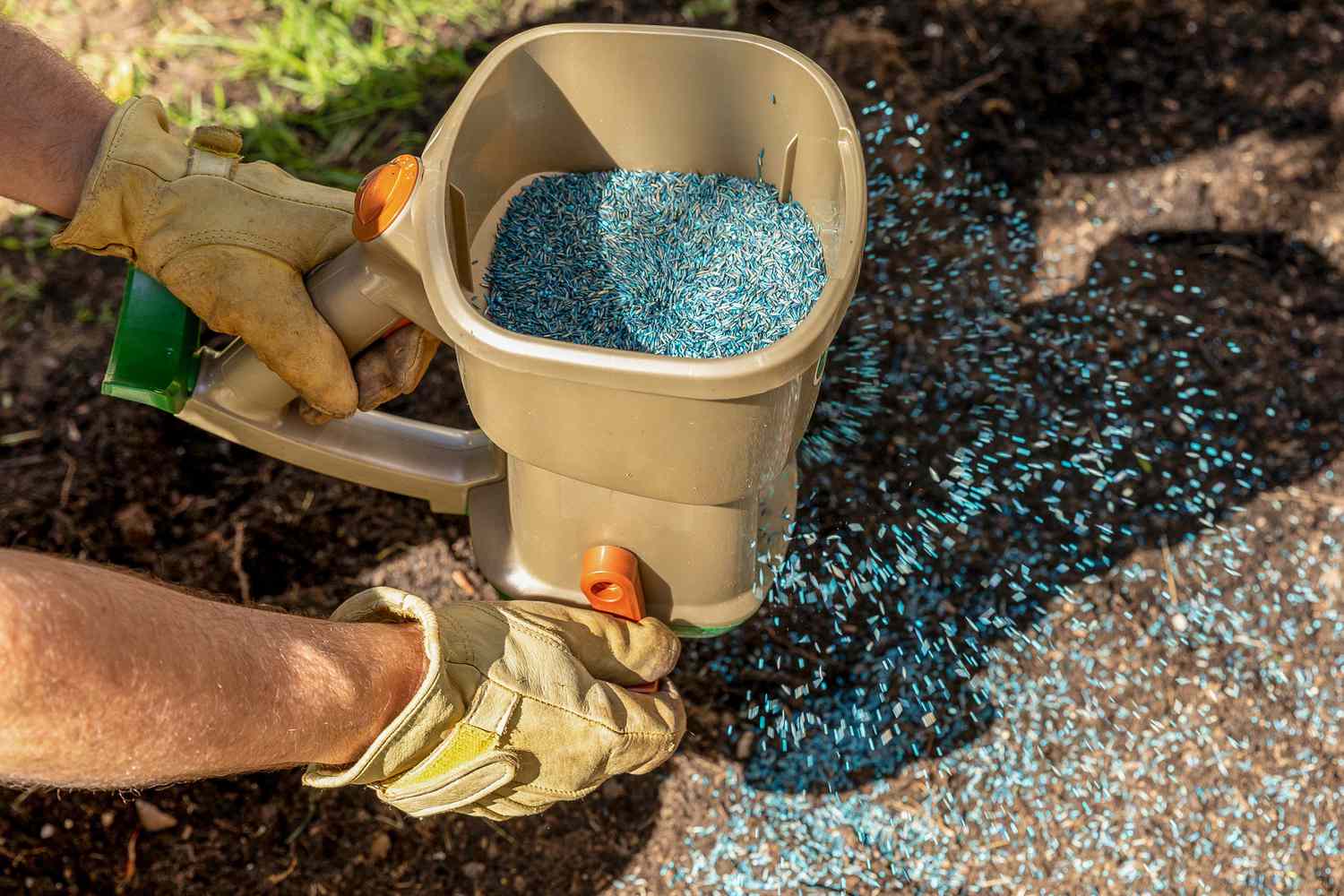
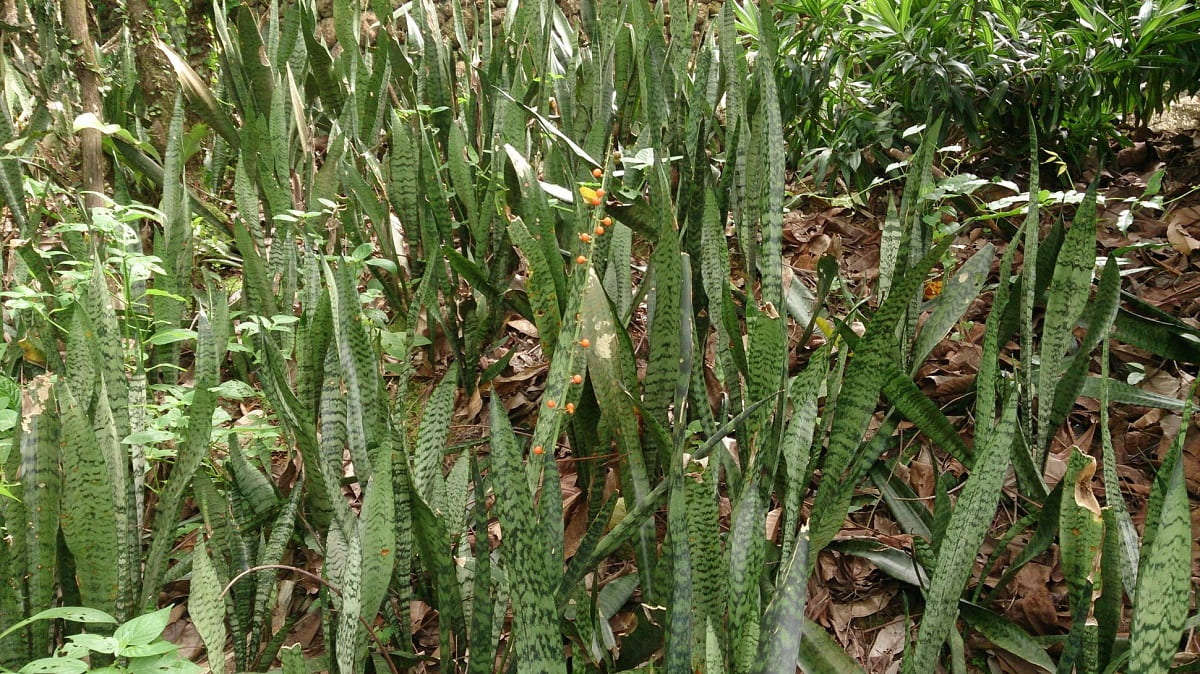
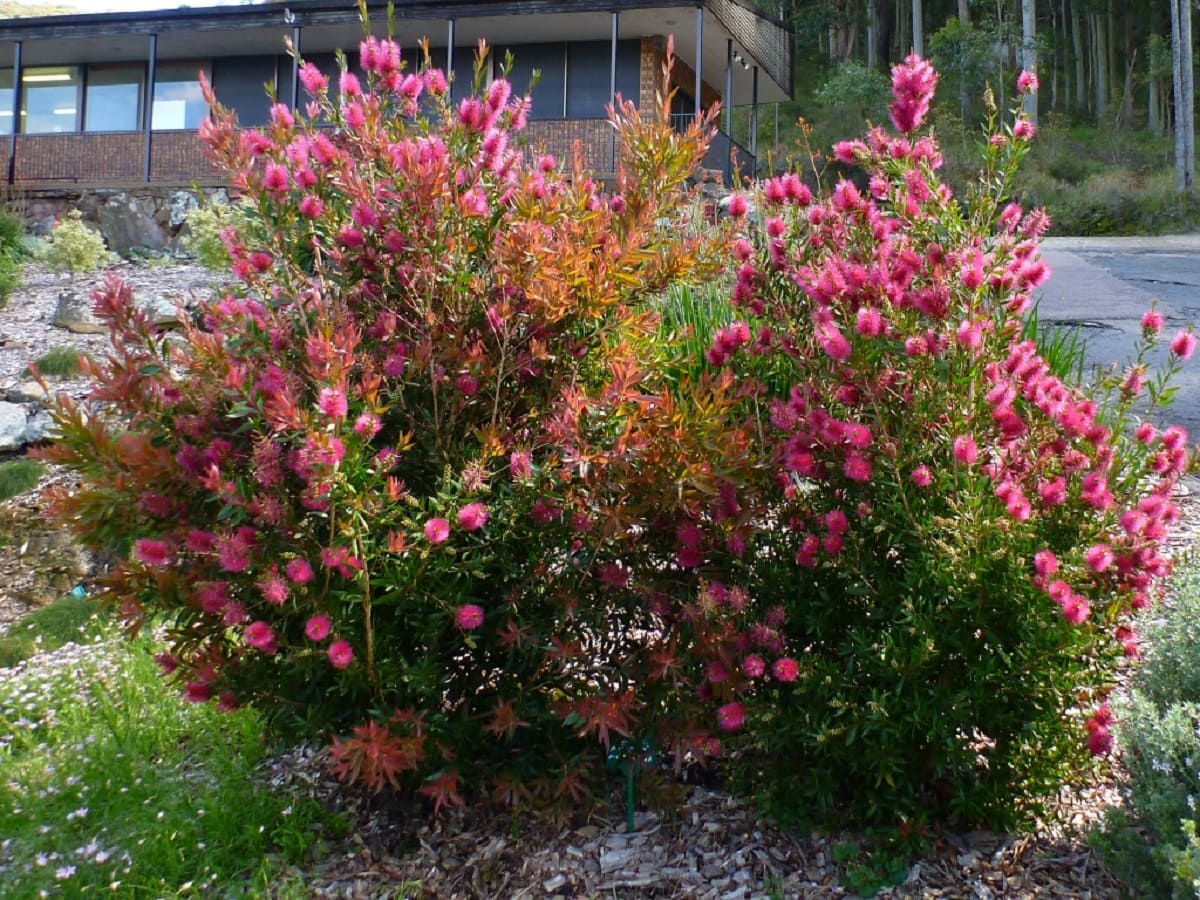
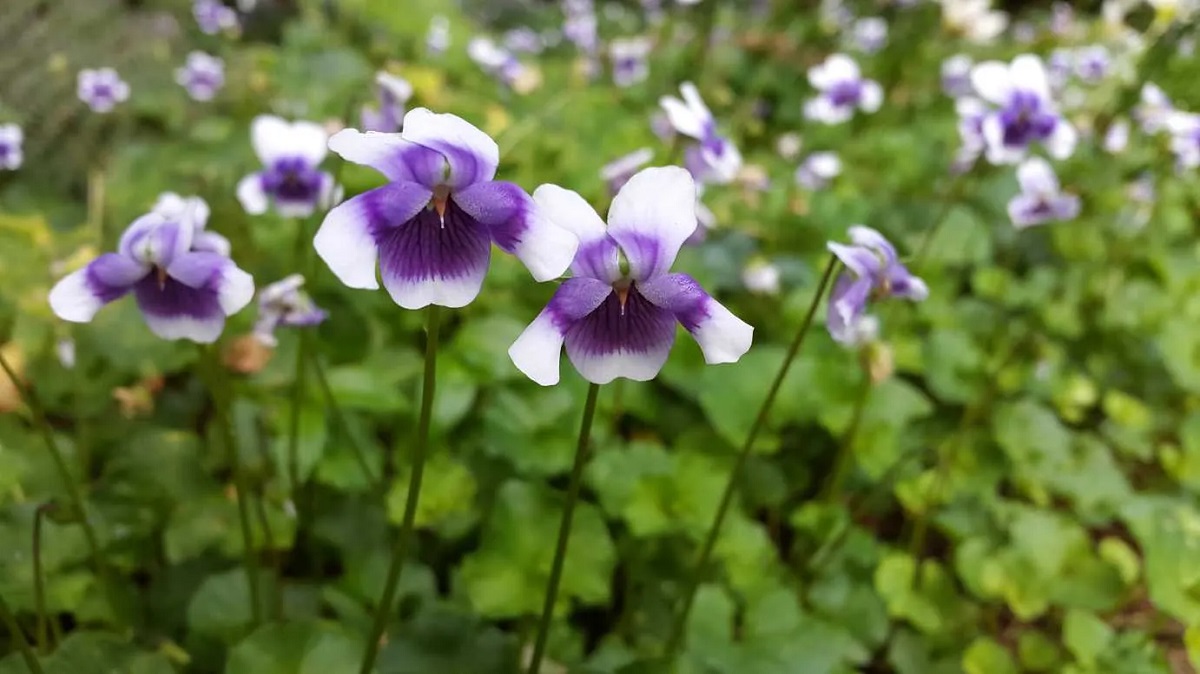

0 thoughts on “How Many Non Native Plant Species In Florida”